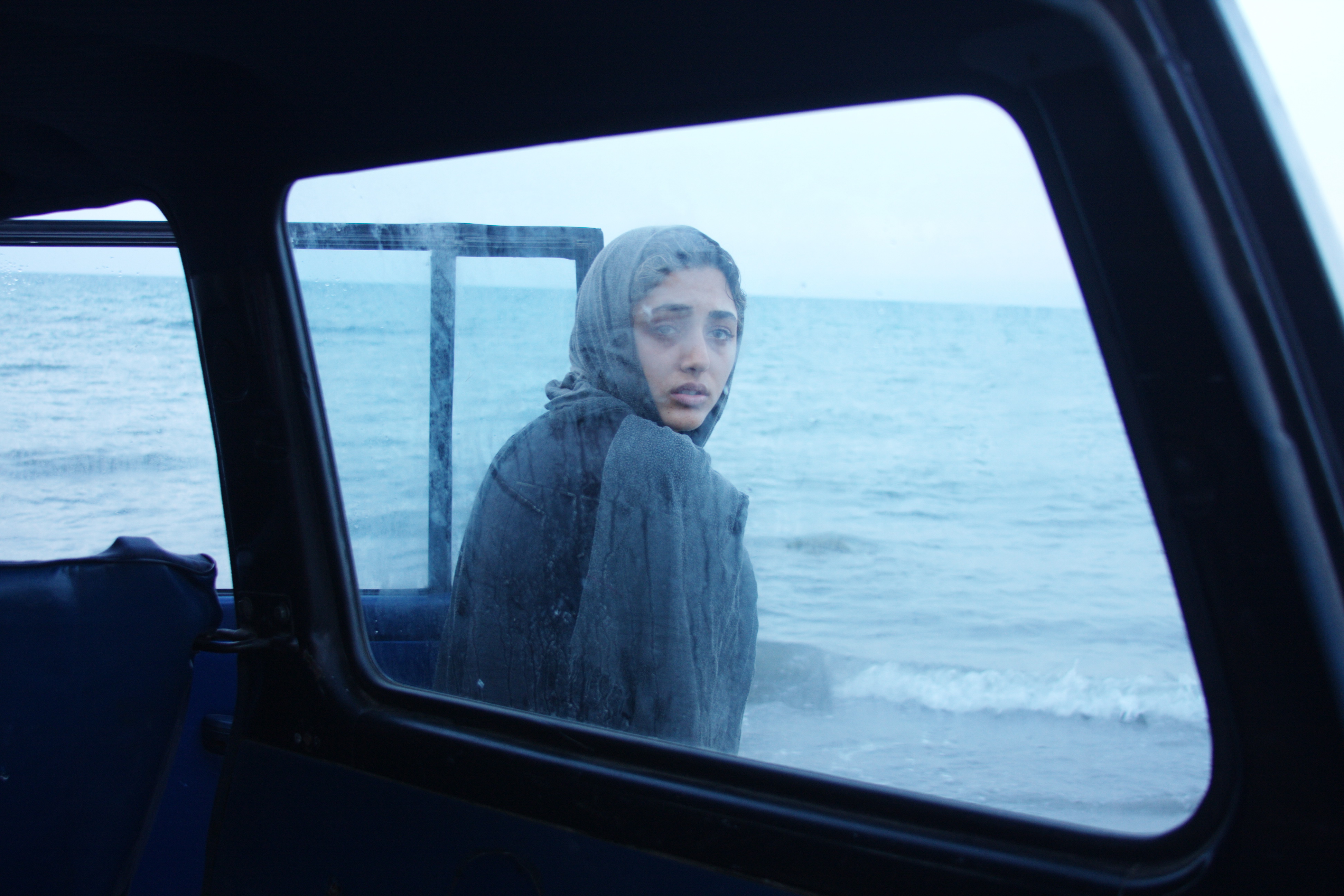Kon-Tiki
Opens Fri., May 17 at Harvard Exit. Rated PG-13. 101 minutes.
How many filmmakers today, apart from Werner Herzog, would drift across the South Pacific on a balsa-wood raft from Peru to Polynesia for the sake of an Oscar? Thor Heyerdahl did it in 1947, then wrote a book and made a movie about his 4,300-mile journey, winning the Best Documentary prize in 1951. This new Kon-Tiki is a feature dramatization of Heyerdahl’s attempt to prove Polynesia could’ve been settled from the Americas. Most anthropologists thought him wrong, and this Heyerdahl (Pål Hagen) can’t find academic backers for his expedition; living in New York after World War II, he’s humiliatingly rebuffed by the National Geographic Society. Like an indie filmmaker (which in a sense he was), Heyerdahl must scrape together funds, do his own publicity (via Morse code from the raft), and risk his neck to get the project done.
Kon-Tiki’s all-Norwegian cast shot the movie in two different languages under directors Joachim Roenning and Espen Sandberg, giving this fluent English version a charming veracity. The six actors become sunburnt, gaunt blond Vikings during their 101-day voyage, finally looking like survivors of Burning Man. Heyerdahl can’t swim, and he destroys his marriage with his Polynesian-settlement hypothesis (which turned out to be wrong, which the movie ignores in its postscript). Also, his colloquies with a stowaway crab do make you question his sanity. (Why not just cook and eat the thing?) Despite some tensions among the crew, the occasional lowering of Heyerdahl’s confident smile, and circling sharks, we know the outcome of their adventure. There’s not much drama, though there are a few nice moments of awe. Isolated like astronauts, alone on a calm, dark sea, the men stare up at the stars. “Maybe nature has accepted us,” Heyerdahl muses. Herzog would disagree, but isn’t it nice to think that way?
bmiller@seattleweekly.com








